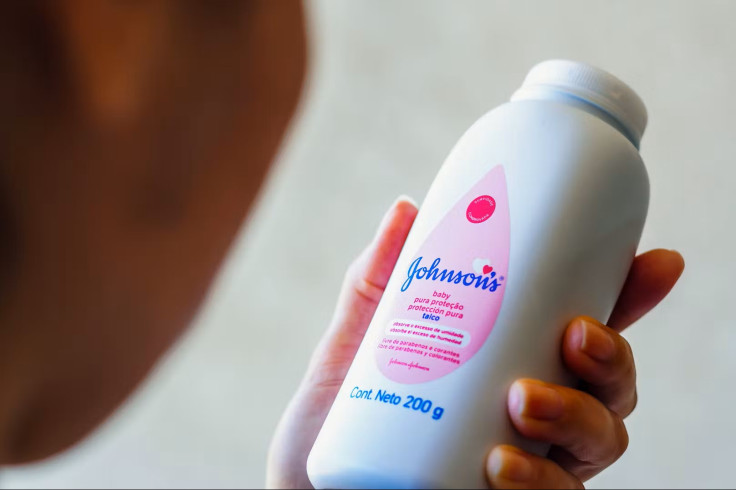The Real Reason Johnson & Johnson Switched to Corn Starch — Too Late to Save Its Reputation?
After decades of scrutiny over talc, J&J's pivot to corn starch raises questions about timing, trust, and corporate accountability

When Johnson & Johnson announced its switch from talcum powder to a corn starch–based formula for its baby products, it marketed the move as meeting evolving consumer demands and ensuring safety. But behind that narrative lies a darker calculus: a desperate reaction to hundreds of lawsuits linking its talc formulations to severe health conditions.
With a record-shattering $966 million verdict in 2025 and thousands of claims still pending, critics argue the pivot was reactive, too late, and incapable of restoring public trust.
A Strategic Shift Amid Legal Turbulence
In 2020, Johnson & Johnson (J&J) announced it would discontinue its talc-based baby powders in the US and Canada, citing declining sales and 'misinformation' about product safety. By the end of 2023, the company extended the phase-out globally, replacing talc with a corn starch-based alternative across all markets.
While J&J maintains that its talc products are safe and do not contain asbestos, the timing of the switch coincided with a surge in litigation. Thousands of lawsuits alleged that prolonged use of talc-based powders caused ovarian cancer and mesothelioma, with plaintiffs claiming the company knew about contamination risks for decades.
The $966 Million Verdict That Changed the Narrative
In October 2025, a Los Angeles jury ordered Johnson & Johnson to pay $966 million (£719 million) to the family of Mae Moore, who died from mesothelioma. The court found that asbestos fibres in J&J's talc products were a contributing factor, despite the company's insistence that its powders were asbestos-free.
This landmark ruling added to a growing list of legal defeats for J&J, which has faced around 67,000 lawsuits related to its talc products. The company's attempt to resolve claims through a bankruptcy manoeuvre involving its subsidiary LTL Management was rejected earlier this year, forcing it back into courtrooms across the US.
Why Corn Starch and Why Now?
Corn starch has long been used as an alternative to talc in baby powders. It's plant-based, widely available, and free from the geological risks associated with talc mining. J&J's pivot to corn starch was positioned as a response to evolving consumer preferences and a commitment to transparency.
Internal company documents revealed during litigation show that Johnson & Johnson had explored replacing talc with cornstarch formulations as far back as the 1960s and 1970s.
These discussions, cited in court filings, reflected growing internal awareness of reputational and safety concerns surrounding talc, though the company ultimately continued using talc-based powders for decades. Critics argue that the delay in making the change reflects a prioritisation of brand legacy over consumer safety.
Reputation in Crisis

Despite the product reformulation, Johnson & Johnson's reputation remains under pressure. The company has spent billions on legal settlements and continues to face scrutiny from regulators, advocacy groups, and the public.
The talc controversy has also cast a shadow over J&J's broader health portfolio, including its consumer health spin-off, Kenvue, which was named in recent UK lawsuits involving over 3,000 claimants.
Brand analysts suggest that while the corn starch switch may help mitigate future risk, it does little to address the legacy of harm alleged by thousands of former customers.
What Comes Next?
Johnson & Johnson has pledged to continue defending its products in court while maintaining its stance that they are safe.
It maintains that its talc products were safe and asbestos-free, and vows to continue appealing verdicts. The company is also investing in transparency campaigns and product safety education—yet many remain sceptical whether these efforts are sufficient to repair trust.
Ultimately, a corn starch pivot may help prevent future allegations, but it cannot erase past ones.
For J&J, the question is not just whether it saved its reputation, but whether enough remains to salvage.
© Copyright IBTimes 2025. All rights reserved.





















